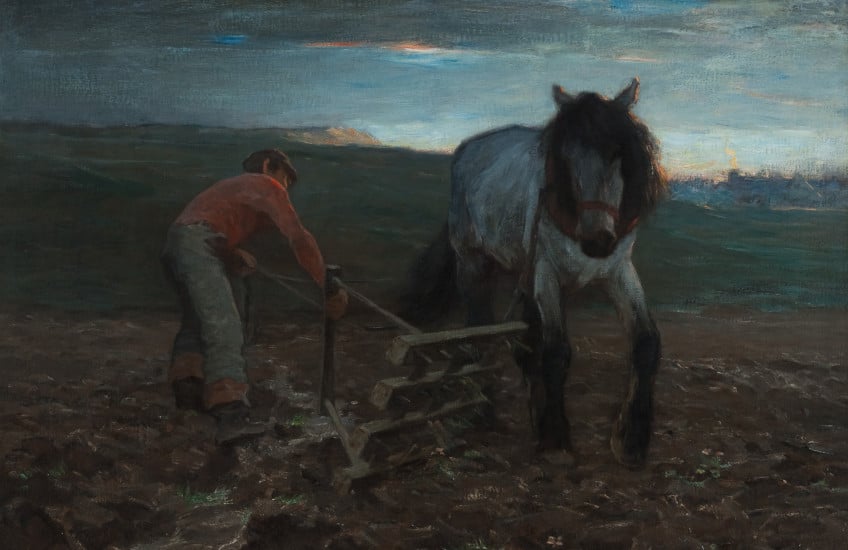Immerse yourself in Horatio Walker’s
Turning the Harrow – Early Morning (1898) featured in
Nocturne. Listen to four informed perspectives on the painting, including:
- Dr Marla Dobson, Assistant Curator, Canadian Art
- Anne-Marie Bouchard, Curator of Modern Art (1900-1949), Musée national des beaux-arts du Québec
- Charles Summers, Proprietor of Salt of the Earth Farm, Kingston
- Alicia Boutilier, Chief Curator/Curator of Canadian Historical Art
